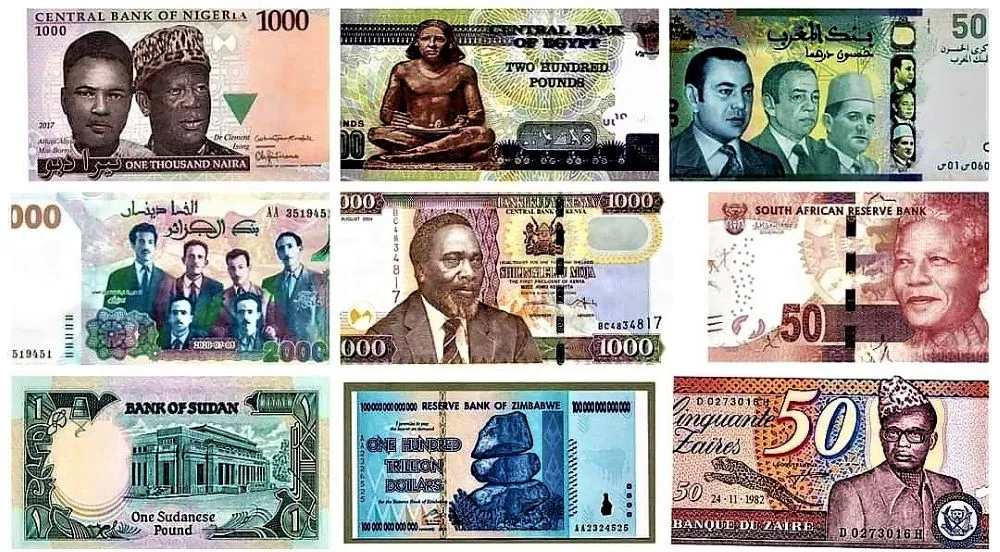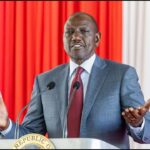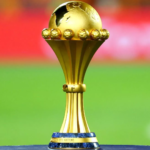Currencies are considered best performers when they are worth more than another country’s currency. The strongest currency in the world is the Kuwait dinar, 1 Kuwait Dinar is equivalent to 3.26 US dollars.

The US dollar currently serves as the world’s reserve currency which means that it is at the center of most businesses on earth according to the International Monetary Fund IMF by accounting for 60 percent transactions worldwide.
Here is a list of The top 5 African currencies according to FXOpen;
- Tunisian Dinar
Exchange rate; 1US Dollar = 3.0 Tunisian Dinar
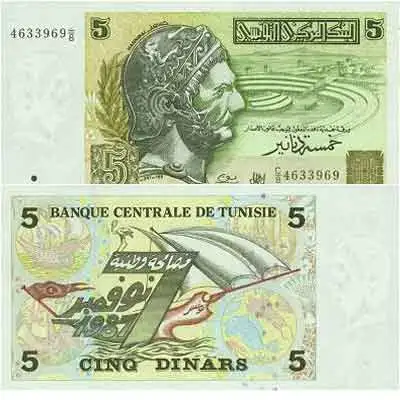
The most valuable currency in Africa is called the Tunisian dinar (TND). North Africa is where Tunisia is situated. After Tunisia gained its independence from France in 1958, the TND was introduced into circulation. Up until 1971, it was fixed to the US dollar at an exchange rate of 0.42 dinars to the dollar.
This nation’s low level of inflation contributed to the rise of its currency to the top of the rankings. It is now prohibited by the Tunisian government to import, export, or exchange dinar for another currency. The nation has a successful import and export strategy. The majority of Tunisia’s GDP comes from its exports of agricultural products and crude oil.
Read Also: Kenya Borrows More Due to the Depreciating Shilling
2. Libyan Dinar
Exchange rate: 1 USD = 4.7 LYD
Second on our list of the top African currencies is the Libyan dinar (LYD). After the Libyan pound was replaced in 1971, the LYD became the strongest currency in Africa for a very long period.
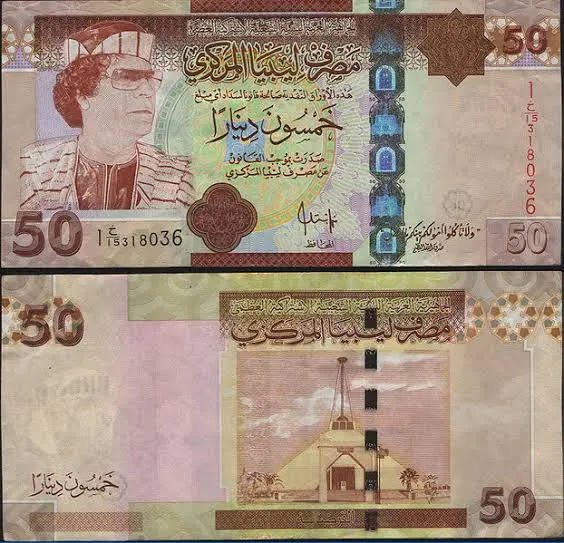
Its value has decreased in response to the decline in oil prices on global markets. Over 95% of Libya’s export revenue and 60% of its GDP come from oil sales, which are also its main source of income. Silver and gold are also abundant in Libya.
The Libyan dinar is regarded as a stable currency because it maintained a good ranking in the world currency evaluation despite the political unrest in 2011.
3. Moroccan Dirham
Exchange rate: 1 USD = 10.1 MAD
The third-highest currency in Africa is the Moroccan dirham (MAD). In Morocco and the Western Sahara region’s neighboring nations, the MAD is recognized as legal money. It is also known as a closed currency because it cannot be exchanged outside of the nation.
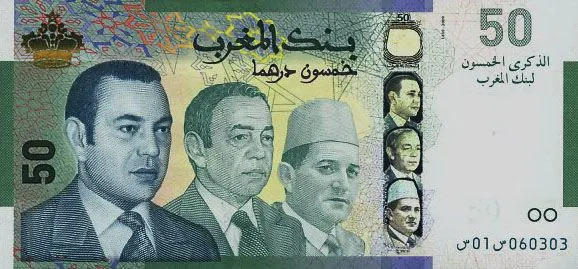
Despite being against the law, the export of Moroccan Dirhams continues unchecked. In this area alone, the MAD serves as the de facto medium of exchange. Morocco benefits from being close to Europe while conducting business with the EU. As a result, its economy is expanding swiftly.
Read Also: EAC to Build Regional Central Bank this Year
4. Ghanaian Cedi
Exchange rate: 1 USD = 11.5 GHS
Africa’s fourth-most valuable currency is the Ghanaian Cedi (GHS). The instability of the Ghanaian Cedi has been rising for many years. The Bank of Ghana changed the Cedi exchange rate in 2007 to address this. As a result of Ghana having the greatest GDP in the region, the Cedi is the most valuable currency in both West Africa and sub-Saharan Africa.

However, in 2022–2023, there were increased foreign exchange outflows due to high inflation and the rising cost of imports, which forced Ghana to increase spending to pay its debt obligations to foreign creditors and had a negative influence on the exchange rate.
5. Botswana Pula
Exchange rate: 1 USD = 13.5 BWP
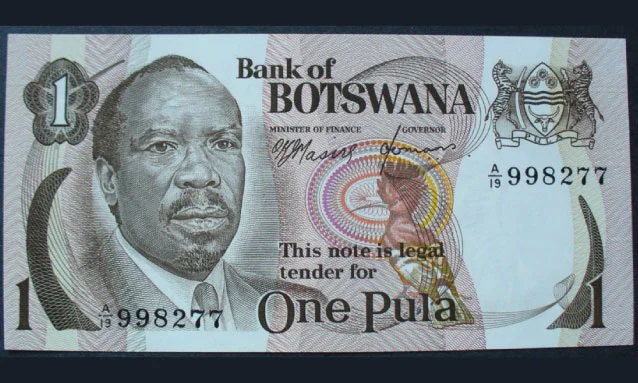
The most powerful currency in southern Africa is the Botswana Pula (BWP). Since Botswana’s independence from the UK more than 45 years ago, the Pula has been in use there. The South African rand is one of the currencies to which the BWP is linked.
Subscribe to Switch TV for more exciting content
The BWP is one of the most valuable currencies in Africa because of Botswana’s robust economy and typically stable political structure. It is traded on the Johannesburg Stock Exchange, the biggest stock exchange in Africa.


